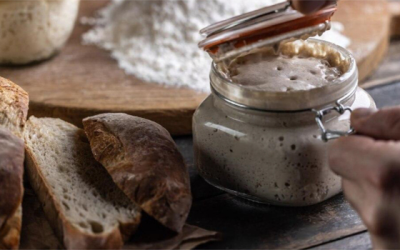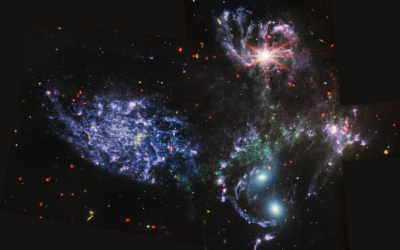
Sourdough Bread, How Natural Fermentation Shapes Flavor and Digestibility
Sourdough bread is distinguished by its traditional fermentation process, which relies on wild yeast and lactic acid bacteria rather than commercial yeast. This method, used for thousands of years, creates the bread’s signature tangy flavor and chewy texture. The slow fermentation allows enzymes to break down complex carbohydrates and proteins in the flour, contributing to…











